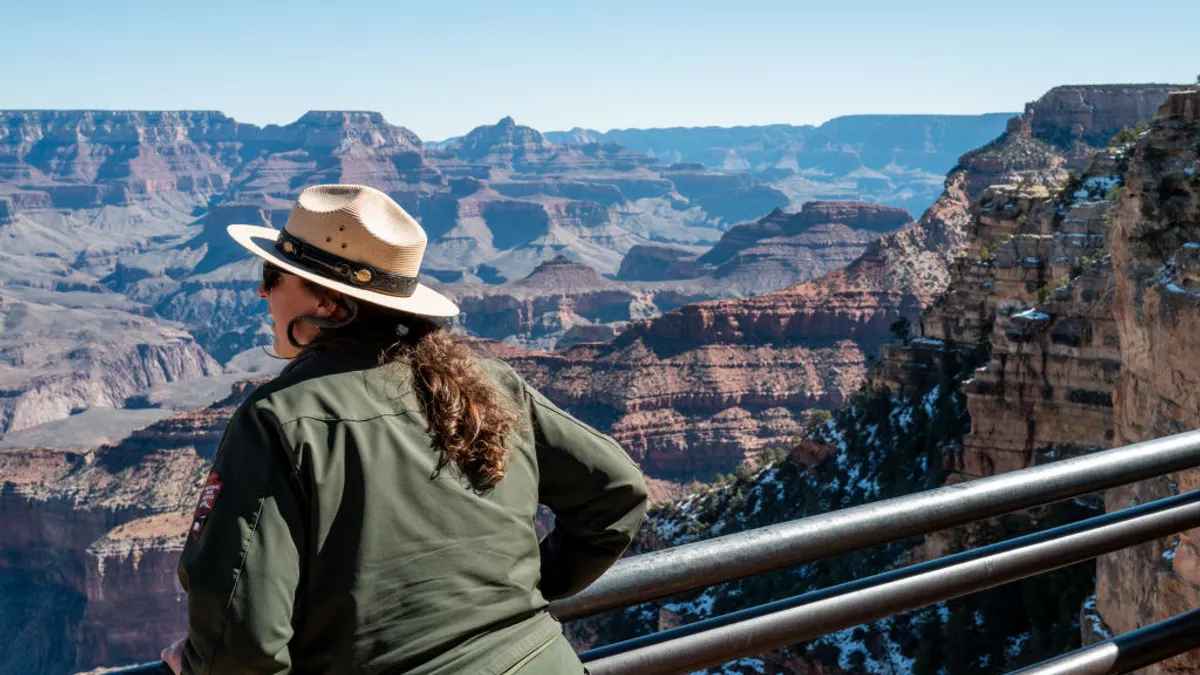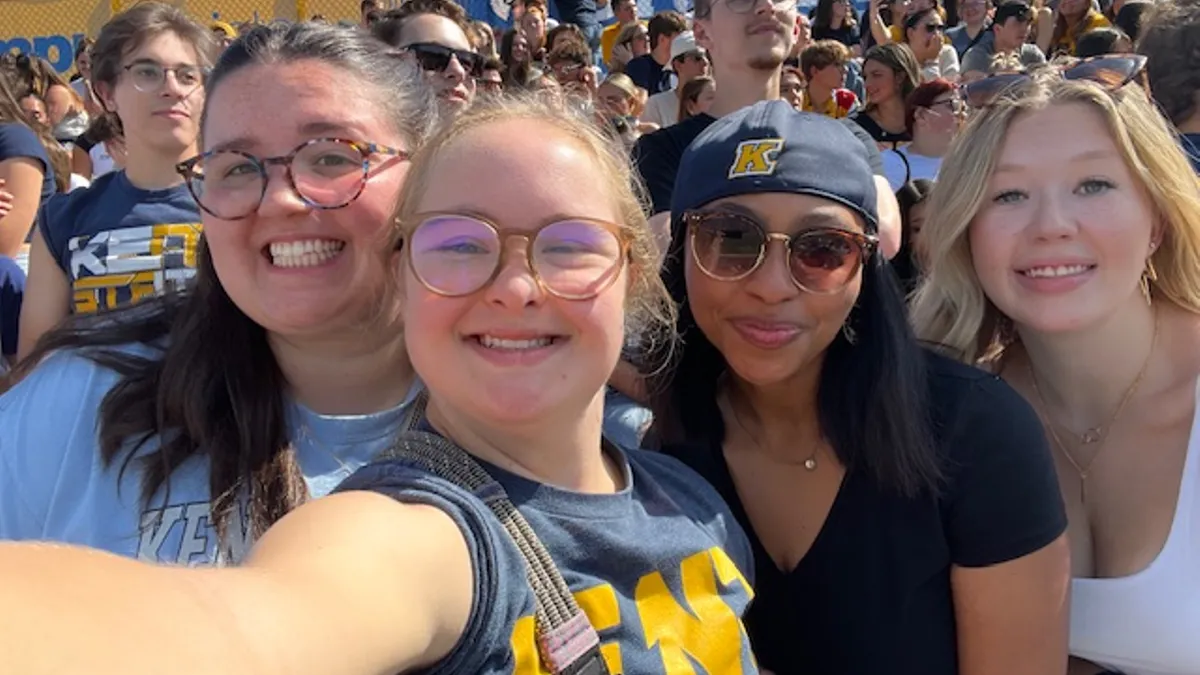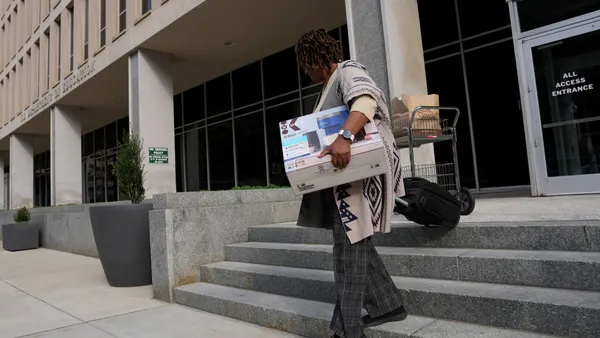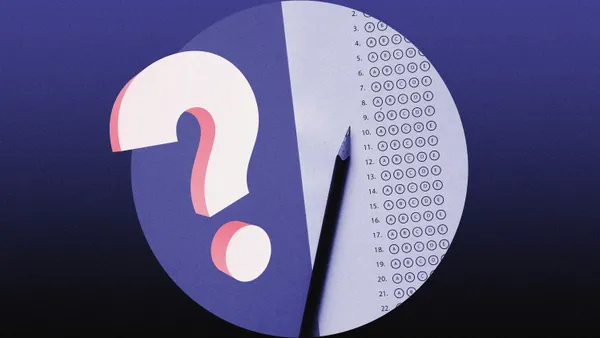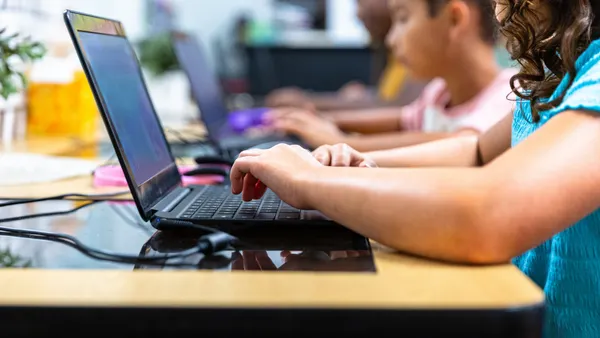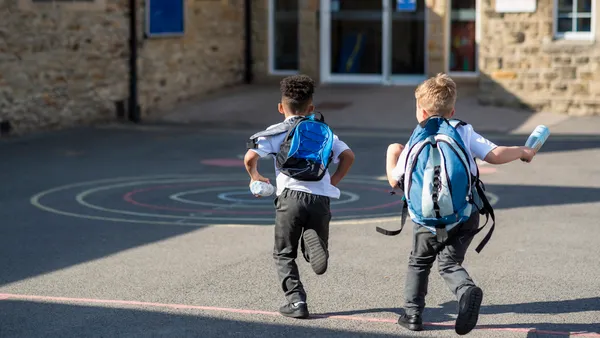While you may have heard of the “Teach Like A Pirate” approach to thinking outside-of-the-box in the classroom, James Fester takes a slightly different approach — Teach Like A Park Ranger.
In his book, “The National Park Classroom: A Guide to Designing Project-Based Learning Adventures,” Fester focuses on incorporating project-based learning into lessons by harnessing some of the strategies and resources used by park rangers into a six-part framework.
Fester, the lead national faculty for the Buck Institute for Education’s PBL Works, details how concepts familiar to educators are used by rangers to help people find connections to nature. “Things like constructivist theory, inquiry-based learning and PBL aren’t just utilized in the classroom, they are also used everyday on our public lands to engage the public and solve challenges,” he said.
Fester's book includes learning options for K-12 educators to use with their students. Lessons link to ISTE Standards, and all of them tie to one of the national parks, he said.
Fester said project-based learning is an effective learning method, as the approach helps to engage students and produce “better learning outcomes,” according to multiple studies. He cited, for instance, a 2021 study from Lucas Education Research that “showed improved performance on exams at multiple grade levels and in multiple subjects when PBL was compared to traditional methods,” he said.
Getting students out into national parks is also part of Fester’s focus. He interviewed several park rangers for the book, most of whom credited a teacher or even a lesson they had in school with putting the parks “on their radar and eventually led them to their career,” he says.
But even for those educators without national parks in their areas, there are many ways to adopt the book’s strategies in their classrooms. They could link a specific phenomenon — perhaps glaciers or hot springs — to something more local, and look for additional online materials to help students see how scientific phenomena are found anywhere and make them feel even more connected to the natural world.
“Distance learning programs, Webquests, and multimedia resources are just a few of the types of learning resources that teachers can draw on and integrate into their lessons to make even the most remote and far-off places seem more tangible and accessible,” Fester said.


